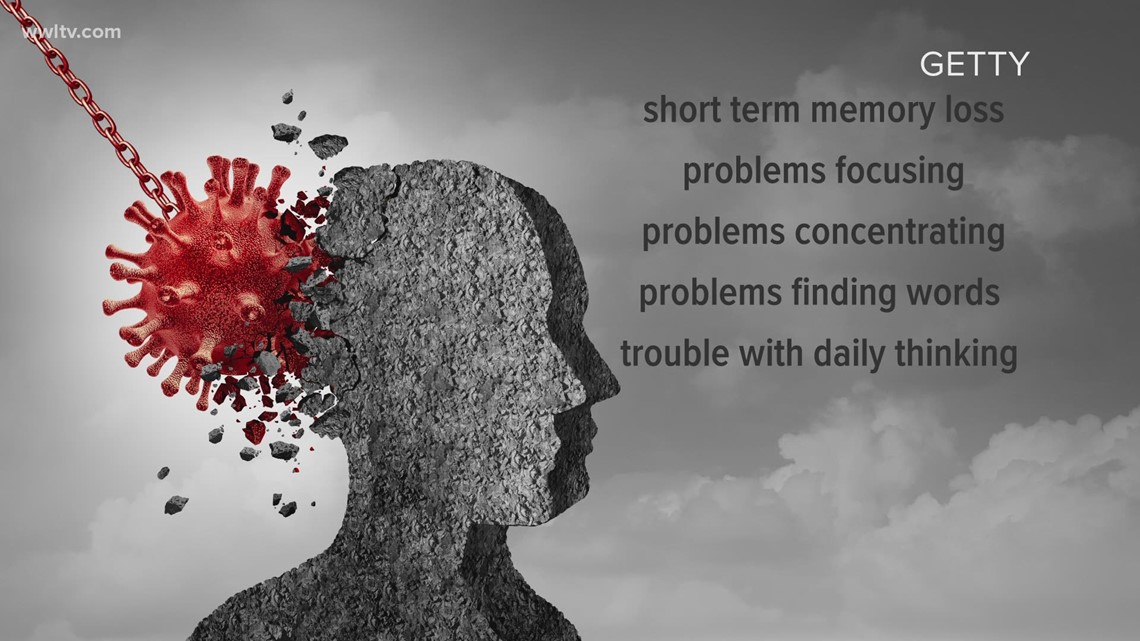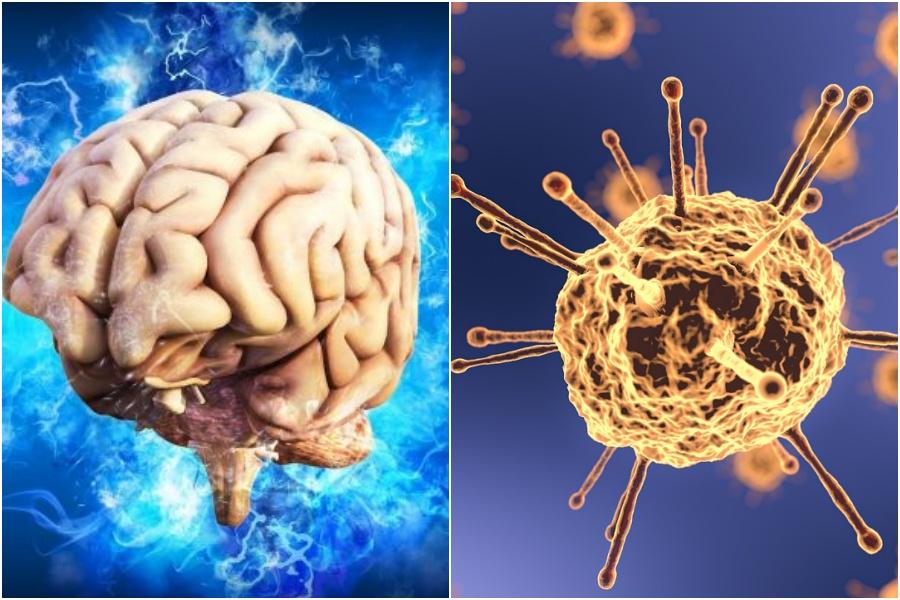

Articles with the following criteria were included: (1) full-text articles that can be obtained from electronic databases (2) patients enrolled in the studies were all laboratory confirmed for COVID-19 vaccination and (3) articles included case reports.įrom 2019 to the present, the rapid spread of COVID-19 has resulted in a global pandemic for which a vaccine was quickly developed. After deduplication, the identified full-text articles were examined for original data, and we also retrieved and checked for related references for further studies. Articles were limited to those with titles and abstracts available in English published in peer-reviewed journals. We also used the “related articles” option on the PubMed Web search homepage as well as manually searching through references listed in retrieved articles. Variations of these terms were also searched. We used the following search strings: “COVID-19 vaccination” with “forgetfulness or memory impairment or anterograde amnesia or transient amnesia or memory lose”. To determine the mechanism of AE caused by COVID-19 vaccination, further study is needed.Ī literature review was performed on studies up to 25 June 2022 by searching in the electronic databases PubMed and Web of Science. Although cases are rare, we searched for published articles that mention and discuss the issue of AE. This is a new issue related to the COVID-19 pandemic and, in this paper, we explore autoimmune enthesopathy on COVID-19 vaccination. This mechanism of the neurological adverse effects is still unknown, but this is a phenomenon that requires further attention. Variable neurological complications, despite the unproven causality, have also been reported in patients after receiving the COVID-19 vaccine, such as functional neurological disorder (symptoms of functional neurological disorder include muscle weakness, fatigue, cognitive impairment, dizziness, and impaired gait), facial palsy, Guillain–Barré syndrome (GBS), seizures, strokes, transverse myelitis, chronic fatigue syndrome, autoimmune encephalitis (AE), acute disseminated encephalomyelitis (ADEM), and acute encephalopathy. In addition, most clinical examinations, including brain MRI, especially of Ankle/Brachial Index (ABI), Doppler, Electroencephalography (EEG), brainstem auditory EPs (BAPE), Polysomnography (PSG) and Holter EKG, revealed normal results for patients who experienced amnesia symptoms after injection. A minority of patients suffered from encephalitis or stroke after vaccination.

However, we noticed that a small number of vaccine recipients developed adverse manifestations of transient amnesia, memory loss or disturbance. These transient symptoms include cerebral venous sinus thrombosis, demyelinating episodes, lymphadenopathy, nausea, cognitive decline, and localized swelling, erythema, pain, fever/chills, fatigue, headache, dizziness, muscle weakness, and myalgia/arthralgia. Although important post-immunization surveillance of vaccines is ongoing, SARS-CoV-2 vaccines are currently considered highly effective and safe, even with neurological adverse events following immunization (AEFI). Since large-scale global vaccination began, different adverse effects and complications have been reported. However, only 17.8% of people in low-income countries have received at least one dose. As of the end of June 2022, more than 66.4% of the world population have received at least one dose of a COVID-19 vaccine, 12.02 billion vaccine doses worldwide have been administered and 5.61 million are now administered each day. As a result, vaccine development was initiated through various platforms in 2020. Immunization may bring an end to the COVID-19 pandemic through global herd immunity. Comprehensive immunization with vaccines is considered a key strategy against SARS-CoV-2. Thus, prevention (vaccination) is valuable. Most treatments are for symptomatic relief, with none ideal. The main treatment options for COVID-19 are antiviral drugs (to prevent viral replication) and immunomodulatory/anti-inflammatory therapy (to avoid tissue damage). Since the outbreak of COVID-19 in late December 2019, more than 539.8 million cases and more than 6.3 million deaths have been reported worldwide. Coronavirus disease 2019 (COVID-19) is a new public health crisis affecting populations worldwide.


 0 kommentar(er)
0 kommentar(er)
